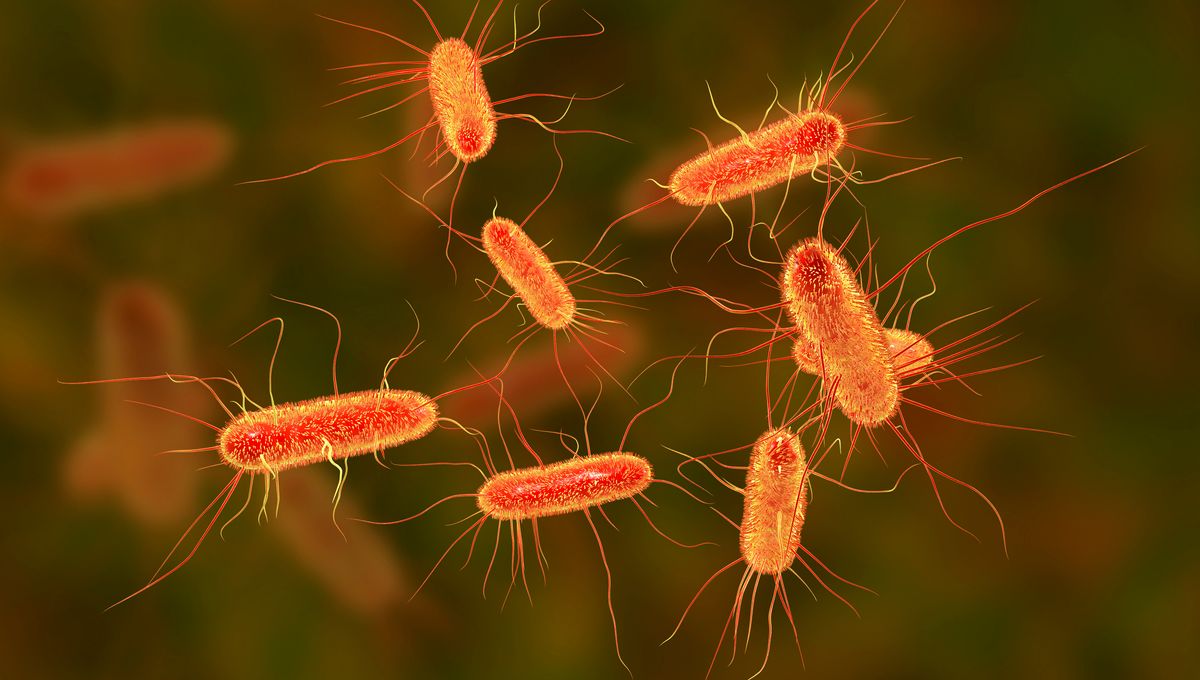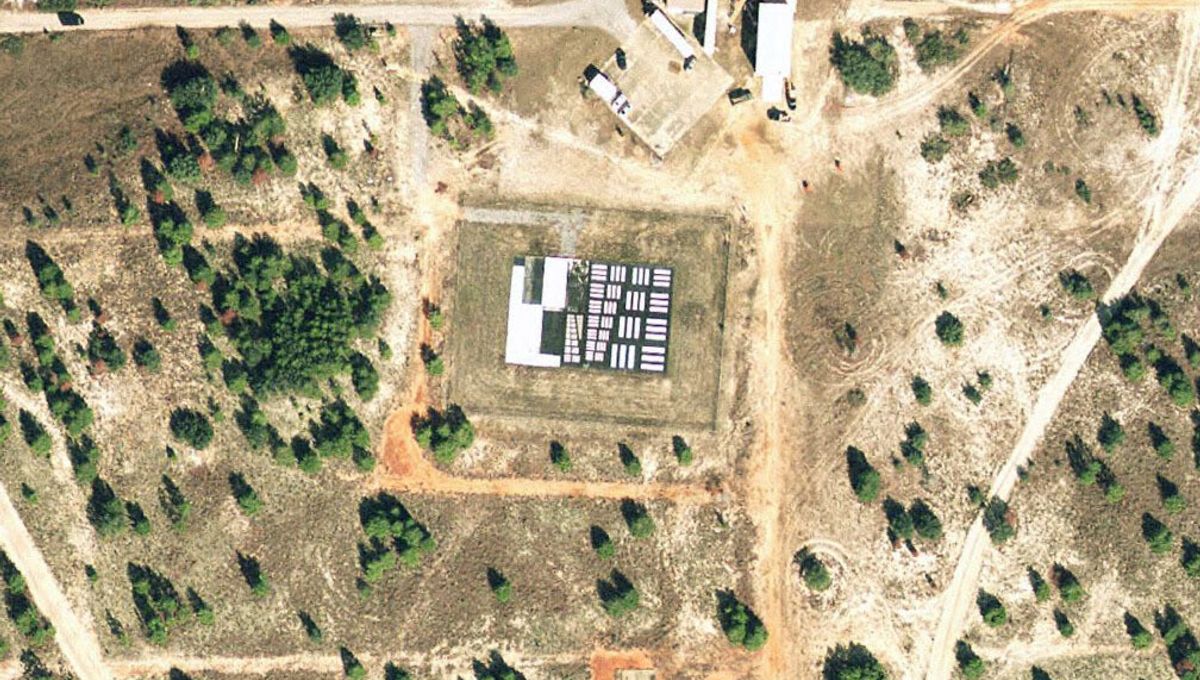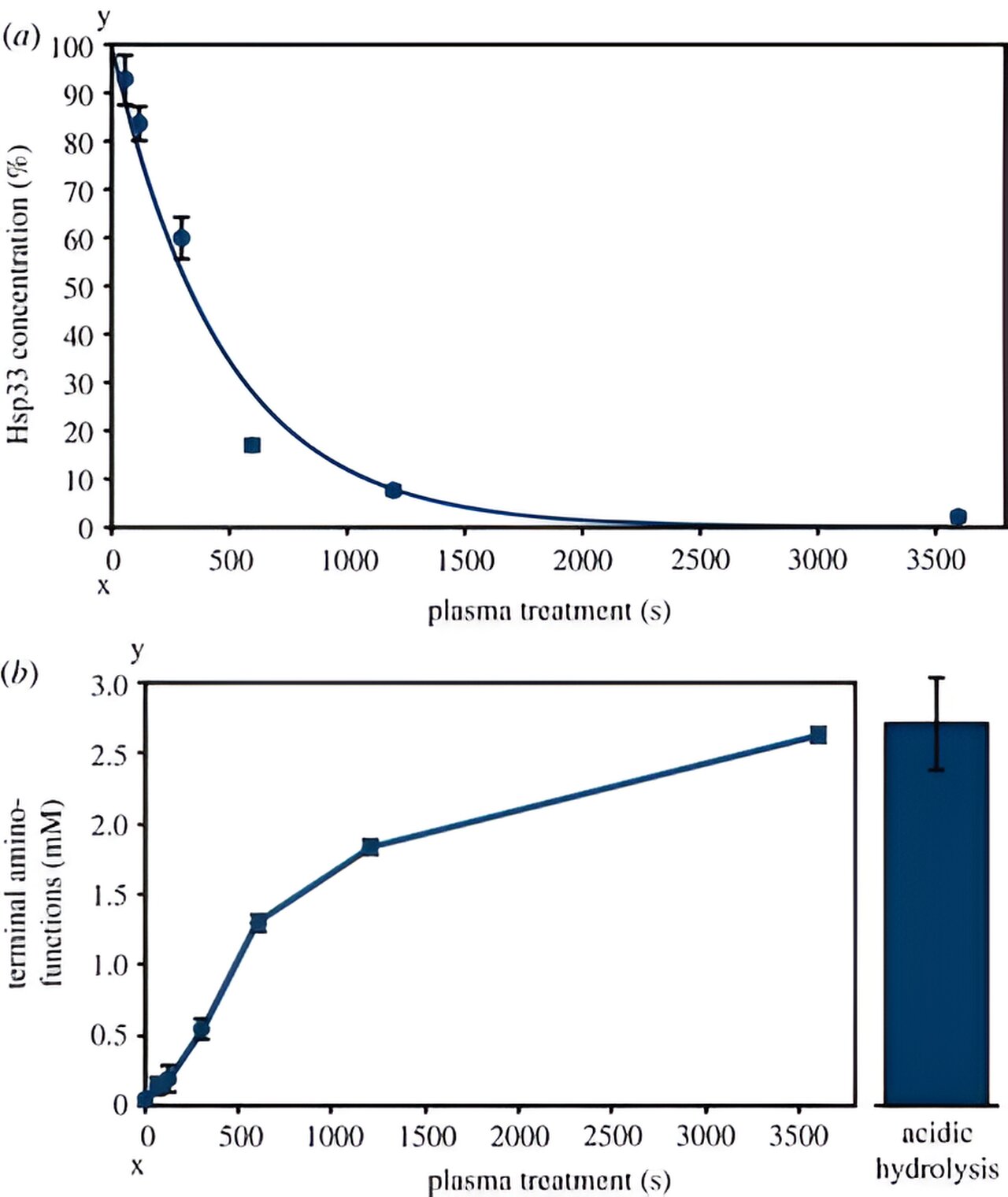Did you know that bacteria can form memories? No, they don’t reminisce about mining rare Earth elements or playing tiny drums, but they have a unique way of storing information based on levels of cellular iron.
Lead study author Souvik Bhattacharyya explains, “Bacteria don’t have brains, but they can gather information from their environment and store it for later use. If they encounter the same environment again, they can quickly access that information for their benefit.”
In their research on Escherichia coli, Bhattacharyya and his colleagues discovered that bacteria use iron levels to “remember” certain behaviors. Bacteria with lower iron levels were better at swarming together, while those with higher iron levels tended to stay put and form biofilms.
Interestingly, the bacteria exposed to low iron levels were able to swarm even better after an initial swarming event, as if they had remembered how. These iron-based memories lasted for four generations but were naturally lost by the seventh. However, manipulating iron levels artificially allowed the memories to persist much longer.
The researchers speculate that these microbial memories evolved to trigger swarming behavior when iron levels are low, enabling bacteria to search for iron in their environment. Conversely, when iron levels are high, they can remain stationary.
This discovery opens up new possibilities in fighting bacterial infections and antibiotic resistance. Bhattacharyya emphasizes that iron levels are a target for therapeutics because they play a crucial role in bacterial virulence.
Understanding bacterial behavior is key to combating them effectively. As Bhattacharyya concludes, “The more we know about bacterial behavior, the easier it is to combat them.”
The study, published in the Proceedings of the National Academy of Sciences, sheds light on the fascinating world of bacterial memory.








